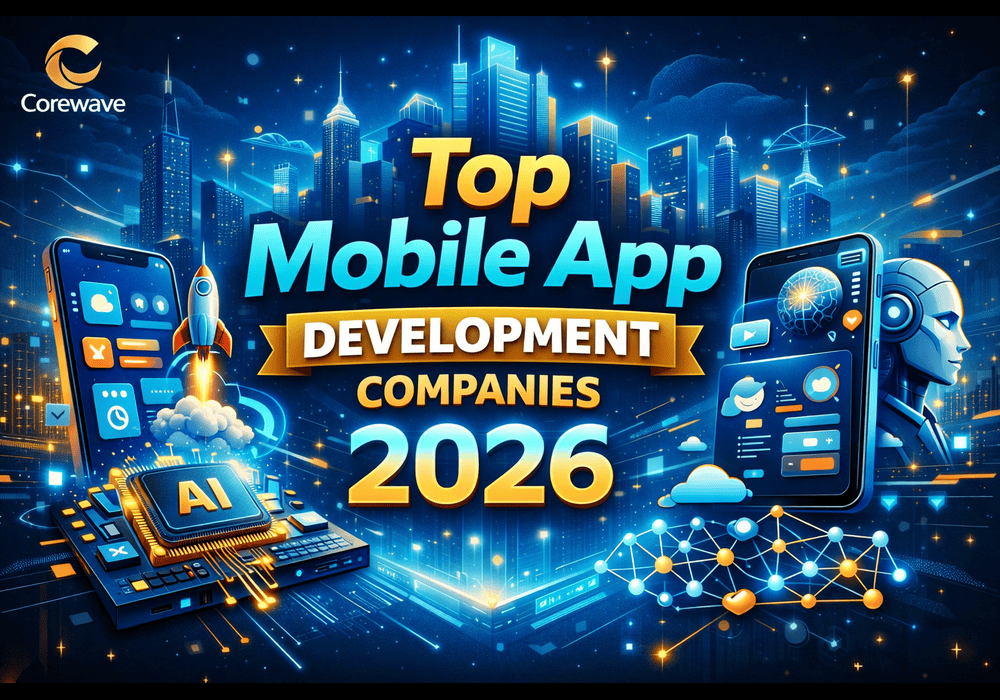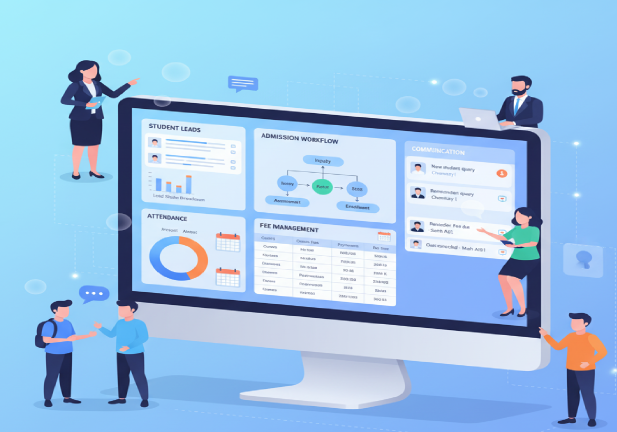In todays fast-paced world, mobile apps have woven themselves into the fabric of our daily routines, offering solutions, entertainment, and convenience. If youve got a spark of inspiration for an app or are just curious about how these digital wonders come to life, this step-by-step guide will unravel the path from an idea to a fully functioning mobile app. Whether youre a budding app developer, a business owner, or simply an intrigued observer of the mobile app world, this guide is your compass through the exciting landscape of mobile app development.
1. Sparking Ideas and Market Exploration
Lets kick off with the most thrilling step – generating ideas. Start by brainstorming app concepts that could solve a problem, meet a need, or simply make life more fun. Make sure your idea is fresh or offers a significant improvement over existing apps. Dive deep into market research to understand your target audience and competition. This understanding will be the foundation of your apps success.
2. Refining Your Apps Purpose and Features
With your idea in hand, its time to shape it. Define the core purpose and features of your app. What problem will it address, and what needs will it fulfill? List out the essential and additional features your app will offer, and prioritize them since not all of them might make it into the initial version.
3. Sketching and Testing Your Ideas
Now, take those ideas and start sketching out how your app might look and function. Wireframes are like blueprints for your app, mapping out its layout and flow. They help you plan the structure and navigation. Once you have wireframes, turn them into interactive prototypes to test how your app will actually work. Tools like Sketch, Adobe XD, and Figma can assist in creating these visual guides.
4. Picking the Right Platform
Its time to decide where your app will call home: Android, iOS, or both. Each platform has its unique development requirements. If you have ample resources, creating for both is ideal. However, if youre starting with a limited budget, consider your target audiences preferences when choosing the platform to launch on.
5. Building Your Development Team and Gathering Tools
Consider your skills and resources. Are you going to roll up your sleeves and develop the app yourself, or do you need a team of developers? If youre looking for professional expertise, partnering with a mobile app development company is a smart move. Ensure you have the right development tools at your disposal. For Android, Android Studio is your go-to Integrated Development Environment (IDE), while Xcode is the tool for iOS development.
6. Dive into the Development Phase
This is where the magic happens – coding and development. Your wireframes and prototypes will act as your roadmap. Work closely with your development team to bring your app to life. Regular testing and iteration are key to ensuring your app aligns with your initial vision.
7. Making it Visually Appealing with UI/UX Design
The look and feel of your app are vital. User Interface (UI) and User Experience (UX) design should be visually engaging and intuitive. Stick to Material Design for Android and Human Interface Guidelines for iOS to craft a user-friendly design.
8. The Backbone: Backend Development
For apps that require server interactions and database storage, backend development is essential. This phase involves setting up servers, databases, and APIs to support your apps functionality. Popular choices for backend development include Firebase, AWS, and Google Cloud.
9. Rigorous Testing and Quality Assurance
Thorough testing is non-negotiable. Hunt down bugs, glitches, and performance issues, and get rid of them. Automation testing can help streamline the process. User testing is equally important, providing you with valuable feedback from potential users.
10. Deploying and Submitting to App Stores
Once your app is polished and bug-free, its time to introduce it to the world. For Android, youll submit your app to the Google Play Store, while iOS apps find their home in the Apple App Store. Each platform has specific submission requirements and guidelines to follow diligently.
11. Spreading the Word: Marketing and Promotion
Launching your app is just the beginning. Develop a marketing and promotion strategy to reach your target audience. Harness the power of social media, App Store Optimization (ASO), influencer marketing, and paid advertising to create a buzz.
12. Embracing User Feedback and Continuous Iteration
User feedback is gold. Collect reviews, ratings, and encourage users to provide feedback within the app. Use this input to make necessary improvements and updates, aiming to enhance user satisfaction continually.
13. Routine Maintenance and Updates
Regularly maintain and update your app to keep it fresh and bug-free. Add new features and ensure your app remains compatible with the latest operating system versions. Staying updated is a must for long-term app success.
14. The Money Talk: Monetization Strategies
Consider how your app will generate revenue. There are various monetization strategies to choose from, including in-app purchases, subscriptions, advertising, and selling the app itself. Choose the strategy that aligns with your apps purpose and target audience.
15. Data Privacy and Security
Protecting user data and privacy is paramount. Implement robust security measures, be transparent about data collection and usage, and comply with data privacy regulations like GDPR and CCPA.
16. Scaling Up and Future Developments
As your app gains popularity, you may need to scale your infrastructure to accommodate more users. This phase also includes developing new features, expanding to additional platforms, or exploring new markets.
17. Staying Legal and Regulation-Compliant
Ensure your app complies with all relevant laws and regulations. This includes copyright, trademark, data protection, and accessibility requirements.
18. Providing User Support and Effective Communication
Set up efficient customer service channels to offer user support. Keep users informed about updates, changes, and any issues related to the app.
19. Analyzing App Performance
Utilize analytics tools to measure your apps performance and user engagement. Understanding user behavior can guide your future development and marketing efforts.
20. Building a Community Around Your App
Foster a community around your app to encourage user engagement and brand loyalty. Leverage social media, forums, and email newsletters to nurture this community.
Conclusion
Mobile app development is a multi-faceted journey that requires planning, dedication, and continuous improvement. Whether youre an independent developer, part of an Android app development company, or an entrepreneur with a groundbreaking idea, this guide equips you with the knowledge to transform your concept into a fully functional app. The world of mobile apps is dynamic and full of opportunities. By following these steps and continually learning and iterating, you can embark on an exciting journey that leads to the creation of a successful and impactful mobile app. Your app has the potential to make a difference in the lives of its users, and with the right approach, it can reach great heights.












